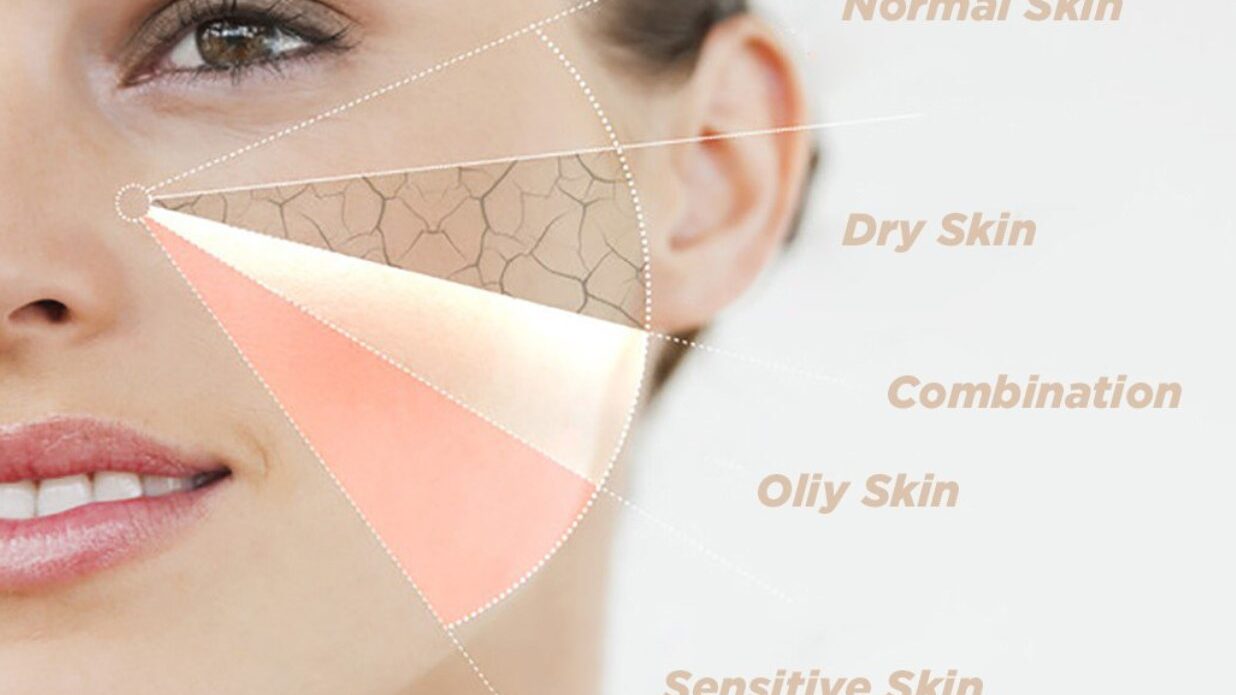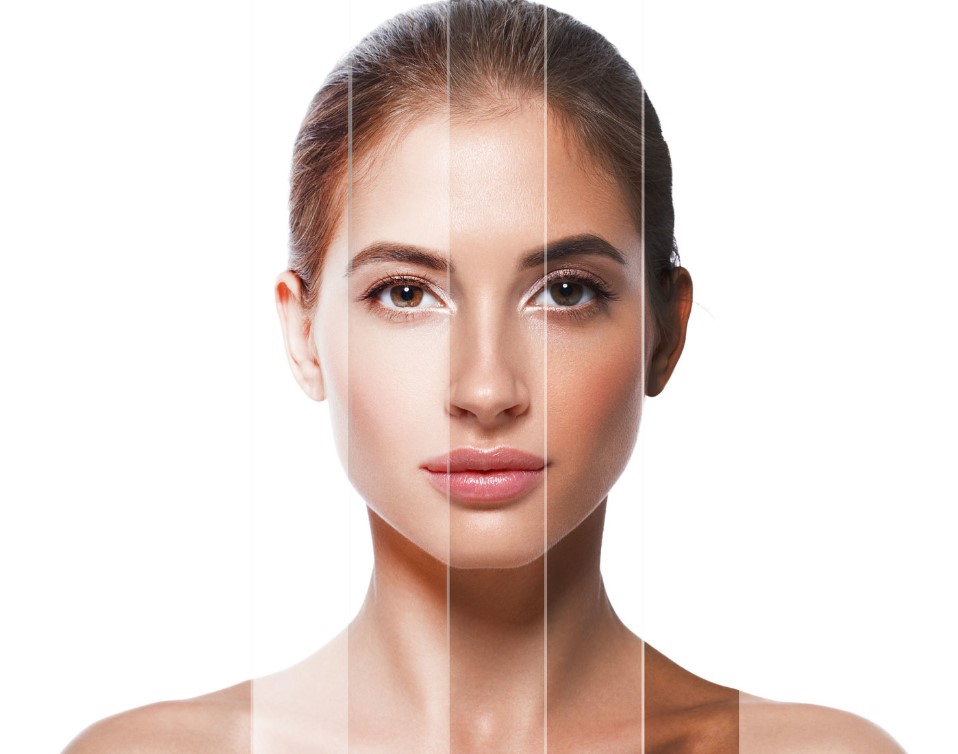Welcome to our comprehensive guide on microblading for oily skin! If you’re tired of battling with your eyebrows every morning due to excess oil, then you’re in the right place. In this post, we’ll delve into why your skin type matters for microblading, provide an overview of different skin types and how they heal, walk you through essential microblading aftercare steps, and help you determine your skin type. By the end, you’ll be equipped with the knowledge and confidence to achieve flawless, long-lasting eyebrows that defy your oily skin’s challenges.
Oily skin produces excessive sebum, leading to enlarged pores, a shiny appearance, and acne. It requires specific skincare routines to control oil production. Customizing beauty routines for oily skin improves outcomes and helps people make informed decisions about their skincare and makeup.
Why Your Skin Type Matters For Microblading
Your skin type plays a crucial role in how microblading results manifest and endure over time. Oily skin, in particular, presents unique challenges due to its tendency to produce excess sebum, which can affect pigment retention and healing. Understanding your skin type allows you and your microblading technician to tailor the procedure and aftercare to ensure optimal results. Here’s why:

- Healing Process:
- Different skin types heal differently post-microblading. Understanding your skin type helps anticipate how your skin will react and heal after the procedure.
- For instance, normal skin tends to heal evenly, while dry skin may exhibit cleaner healing with crisp strokes. On the other hand, oily skin can present challenges such as quicker pigment fading and blurred strokes.
- Color Retention:
- The longevity of the pigment largely depends on your skin type. Dry skin, for example, retains color longer due to fewer oils diluting the pigment, while oily skin may experience quicker pigment fading.
- Knowing your skin type allows for realistic expectations regarding how long the microbladed brows will maintain their color and shape before requiring touch-ups.
- Aftercare Requirements:
- Different skin types may require specific aftercare routines to promote optimal healing and pigment retention.
- For instance, individuals with dry skin may need extra hydration to prevent dryness, while those with oily skin may require oil-control measures to prevent excess oil from affecting the healing process.
- Risk of Complications:
- Certain skin types, such as sensitive skin, may be more prone to post-procedure complications such as prolonged redness or swelling.
- Understanding your skin type allows you to take necessary precautions and choose suitable aftercare products to minimize the risk of complications and ensure a smooth healing process.
- Overall Results:
- Your skin type ultimately influences the outcome of the microblading procedure. Factors such as how the pigment interacts with your skin and how well your skin retains the color can impact the overall appearance of your brows.
- By considering your skin type during the microblading process, you can work with your microblading artist to achieve results that complement your natural features and suit your preferences.
Overview of Skin Types and How They Heal

| Skin Type | Characteristics | Healing Characteristics | Color Retention | Additional Considerations |
|---|---|---|---|---|
| Normal Skin | Even healing, lasting 1 to 1.5 years before touch-up is needed | Even healing, lasting 1 to 1.5 years before touch-up is needed | 1 to 1.5 years | – |
| Dry Skin | Lacks moisture, feels tight or rough | Clean healing, crisp strokes, longer color retention | Over 1.5 years | Extra hydration is needed during aftercare to prevent dryness |
| Oily Skin | Enlarged pores, shiny complexion, frequent breakouts | Decreased pigment retention, may require additional touch-ups | Shorter duration | Implement oil-control measures, monitor for excessive oiliness |
| Combination Skin | Combination of oily and dry areas | Extra hydration is needed during aftercare to prevent dryness | Varies | Pay attention to both oily and dry areas during aftercare |
| Sensitive Skin | Prone to irritation, redness | May experience prolonged redness or swelling, requires careful aftercare | Varies | Healing similar to normal or slightly oily skin, with some oiliness possible |
Microblading Aftercare Steps
Microblading on oily skin can pose unique challenges during the healing process. Excess sebum production in oily skin can impact the retention of pigment in microbladed strokes. Here’s a guide to the microblading healing process and aftercare tailored specifically for individuals with oily skin:
Day 1-2: Immediately after the procedure, expect your eyebrows to appear darker and bolder than anticipated. Some redness and swelling may occur initially, but these symptoms typically subside within a day or two.
Day 3-5: The initial dark color of the microbladed strokes will begin to fade, and your brows may appear patchy. This is a natural phase of the healing process.
Day 5-7: You may notice scabbing and flaking of the treated area. It’s important not to pick or scratch the scabs to prevent premature pigment loss.
Day 7-14: The scabs will gradually flake off, revealing the final color and shape of your microbladed eyebrows. During this time, continue to avoid moisture, excessive sweating, and direct sunlight.
Read Also
How Much Does Microblading Cost
Microblading Touch Up: Why Is It Necessary And How Does It Work
Long-Term Care
Avoid sun exposure: Protect your eyebrows from direct sunlight and UV rays by wearing a hat or applying SPF during outdoor activities.
Keep the area clean: Gently cleanse your eyebrows twice a day with a mild, fragrance-free cleanser to remove excess oil and prevent infection.
Avoid excess moisture: Refrain from excessive sweating, swimming, or prolonged exposure to water for at least ten days following the procedure.
Apply recommended ointments: Use the ointments provided by your microblading technician to keep the area moisturized and promote healing.
Avoid touching or picking at your eyebrows: Resist the urge to touch or scratch your eyebrows to prevent pigment displacement or infection.
How Do I Determine My Skin Type?
Determining your skin type is the first step in optimizing your microblading experience. Here’s a simple guide to help you identify your skin type:
- Oily skin: If your face appears shiny, especially in the T-zone (forehead, nose, and chin), and you’re prone to acne and enlarged pores, you likely have oily skin.
- Dry skin: If your skin feels tight, rough, or flaky, especially after cleansing, and you experience minimal oiliness, you may have dry skin.
- Normal/combination skin: If you have a balanced complexion with some areas being oily (T-zone) and others being dry (cheeks), you likely have normal/combination skin.
- Sensitive skin: If your skin is easily irritated, prone to redness, and reacts to certain skincare products or environmental factors, you may have sensitive skin.
Final Thoughts
Mastering microblading for oily skin is achievable with the right knowledge and approach. Also, Understanding your skin type is key. Following proper aftercare steps is essential. Working with a skilled technician is crucial. Moreover, Remember to prioritize your skin’s health.
FAQ’s
Oily skin is not ideal for microblading because the excess oil can cause the pigment to fade more quickly and blur the fine lines that microblading aims to achieve. Alternative techniques like micro shading or powder brows are often recommended for oily skin types.
For oily skin, microshading or powder brows are preferable to traditional microblading. These techniques use a dotting method to layer pigment for a softer appearance. Microshading, also known as the ‘Shadow Effect,’ creates a gradient look with small dots, making it gentler for oily or sensitive skin. Ombre brows, a type of powder brows, offer a natural, long-lasting look on oily skin. Consulting a professional is essential to select the best option for your skin type.
Microblading on oily skin presents challenges due to increased sebum production, leading to faster pigment fading. Typically, microblading lasts 12-18 months on oily skin, varying based on factors like individual characteristics and aftercare. Results may be less defined, with strokes potentially spreading and appearing thicker due to excess oil. It’s crucial to choose an experienced artist familiar with oily skin to achieve optimal results.
